The Metal Gear Solid Timeline has become quite complicated. The series is known for its complicated story full of intrigues and plot twists. Its creator Hideo Kojima does not make it any easier by jumping back and forth through time. The player often encounters (or plays as) family members of previous known characters, looking the same and even being voiced by the same voice actor. Although the video games cover the entire Metal Gear Solid Timeline, some stories were adapted into books, comics, or other media. There is even a Metal Gear Solid movie in the making. To put everything in perspective, we’ve divided the Metal Gear Solid Timeline into different eras, each era corresponding to a main game.
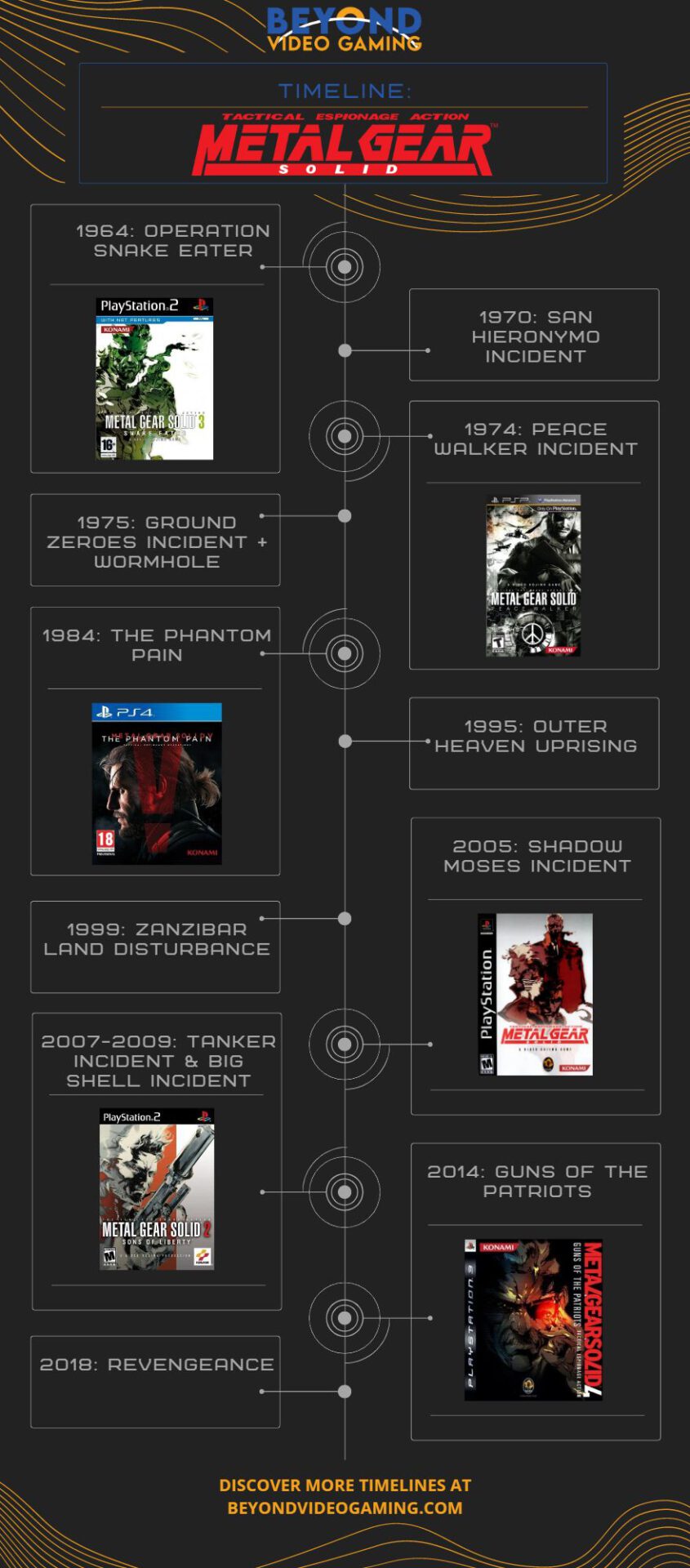
Please note that the Metal Gear Solid Timeline contains spoilers for all installments in the series. The Metal Gear Solid Timeline is intended as a reference to put the titles into perspective. However, we do not go into much detail, so the games should still have more than enough surprises to offer if you have not yet played a specific game.
1964 – Operation Snake Eater

Operation Snake Eater was first featured in Metal Gear Solid 3: Snake Eater, which was originally released in 2004 for PlayStation 2. The same story also featured in Metal Gear Solid 3: Subsistence on PS2, in Metal Gear Solid: Snake Eater 3D on 3DS, as part of the Metal Gear Solid: HD Collection on PS3, Vita, and Xbox 360, as part of Metal Gear Solid: The Legacy Collection for PS3, and as part of Metal Gear Solid: Master Collection Vol. 1 on current gen consoles. A remake is in development, scheduled for a release in 2023 or 2024, called Metal Gear Solid Δ: Snake Eater.
Operation Snake Eater introduces us to a young Big Boss, then known by the code name Naked Snake. As Naked Snake, he infiltrates the Soviet Union in 1964 to stop a new weapon: the Shagohod, a precursor to the titular Metal Gear. During this mission, Naked Snake acquires the legendary title of ‘Big Boss’.
The story of Operation Snake Eater was also adapted into the following media:
- Metal Gear Solid 3 (Japanese book from 2014, written by Satoshi Hase)
- Metal Gear Solid: Snake Eater (pachislot game, only available in Japan)
- Metal Gear Solid Δ: Snake Eater
1970 – San Hieronymo Incident

The San Hieronymo Incident was featured in Metal Gear Solid: Portable Ops, released in 2006 for PlayStation Portable. The game hasn’t been released on any other platforms, although the digital edition of the game is playable on PlayStation Vita trough backwards compatibility.
Although Metal Gear Solid: Portable Ops was not written by Hideo Kojima, it is generally considered canon. In this game, Big Boss severs his ties with the U.S. government and takes the first steps to establish an independent military group called Foxhound in 1970. It is also – chronologically speaking – the first videogame in which Snake battles a Metal Gear.
- A year later, Metal Gear Solid: Portable Ops Plus was released. It is a stand-alone expansion with a focus on multiplayer. Portable Ops Plus does not include a story mode
1974 – Peace Walker Incident
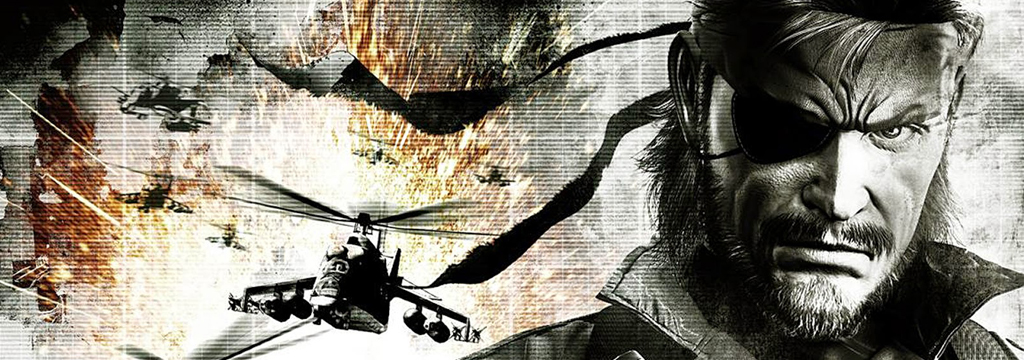
The Peace Walker Incident is the main focus in Metal Gear Solid: Peace Walker, which was first released in 2010 for PlayStation Portable. Peace Walker was also released as part of the Metal Gear Solid: HD Collection on PS3 and Xbox 360, and of Metal Gear Solid: The Legacy Collection for PS3.
During the Peace Walker Incident, Big Boss has completely split from the U.S. government. In 1974, Big Boss and his mercenary group Militaires Sans Frontières (MSF) are hired to liberate Costa Rica from occupancy and take out Peace Walker – basically a new type of Metal Gear. Eventually, this allows Big Boss to expand his MSF and rename it to Outer Heaven.
- In 2014, the story of Metal Gear Solid: Peace Walker was adapted into a book by Japanese writer Hitori Nojima
1975 – Ground Zeroes Incident

The Ground Zeroes Incident is featured in Metal Gear Solid V: Ground Zeroes, which acts as a prologue to Metal Gear Solid V: The Phantom Pain. The game was released in 2014 for PlayStation 3, PlayStation 4, Xbox 360, Xbox One, and PC. The game was also released as part of Metal Gear Solid V: The Definitive Experience for PS4 and Xbox One.
During the Ground Zeroes Incident, Big Boss is hired to infiltrate a U.S. Army base in Cuba. Several characters from Peace Walker return in this game, including Kazuhira Miller and Paz Ortega Andrade. Ground Zeroes ends with the destruction of Mother Base, connecting directly to both The Phantom Pain and Metal Gear Survive.
1975 – Wormhole Incident
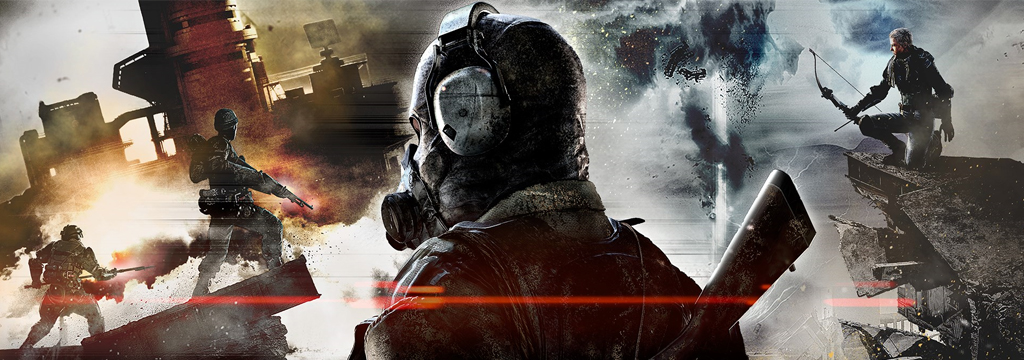
The Wormhole Incident was featured in Metal Gear Survive, which was released in 2018 for PlayStation 4, Xbox One and PC.
Metal Gear Survive was developed after Hideo Kojima had already left publisher Konami. Therefore, the events in Survive is not considered canon by many fans. Yet, the game is directly related to the main series. As it is the last Metal Gear released to date, there is no other media that contradicts or retcons the events in Metal Gear Survive. Thus, we can still treat is as part of the main Metal Gear canon. Unlike the main games, Survive is not a stealth game: it’s a survival game with zombies.
In the aftermath of the destruction of Mother Base during the Ground Zeroes Incident in 1975, part of the base is sucked into a parallel world through a wormhole. The player, an unnamed soldier, is later sent to this world as well. Here the player must survive amidst zombies and other strange creatures, and find a solution to the zombie infection. To accomplish his mission, the nameless soldier uses, among other things, a Metal Gear that also ended up in the parallel world.
1984 – The Phantom Pain
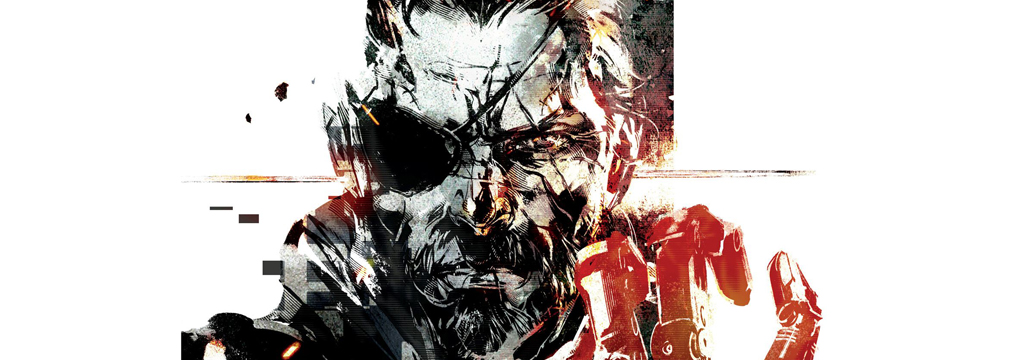
Metal Gear Solid V: The Phantom Pain was released in 2015 for PlayStation 3, PlayStation 4, Xbox 360, Xbox One, and PC. It is also released as part of Metal Gear Solid V: The Definitive Experience for PS4 and Xbox One.
In Metal Gear Solid V: The Phantom Pain, the player assumes the role of Venom Snake. Although the game would have you believe that this is Big Boss, it is actually a new character who, through hypnotherapy and plastic surgery, thinks he is Big Boss. After the events of Ground Zeroes in 1984, Venom Snake establishes a new military group, Diamond Dogs, to take revenge on the group that destroyed Mother Base and eliminate Metal Gear Sahelanthropus. Meanwhile, the real Big Boss is building Outer Heaven.
- In 2015, the story of Metal Gear Solid V: The Phantom Pain was adapted into a book by Japanese writer Hitori Nojima
1995 – Outer Heaven Uprising
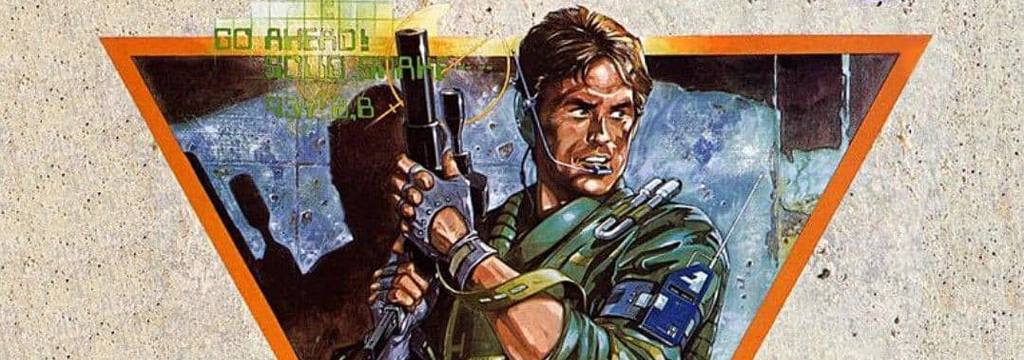
The Outer Heaven Uprising is the main focus of the original Metal Gear, which was first released in 1987 for the MSX2. The game was later re-released several times, including as part of the Metal Gear Solid: HD Collection on PS3 and Xbox 360, as part of Metal Gear Solid: The Legacy Collection for PS3, and as part of Metal Gear Solid: Master Collection Vol. 1 on current gen consoles
During the Outer Heaven Uprising, Solid Snake is sent out to infiltrate the hostile nation of Outer Heaven and take out Metal Gear. Eventually, he also takes out the leader of Outer Heaven, Big Boss. It was not until The Phantom Pain came out that it became clear that this was not the real Big Boss, but actually Venom Snake.
1999 – Zanzibar Land Disturbance

The Zanzibar Land Disturbance is the main premise of Metal Gear 2: Solid Snake, which was first released in 1990 for the MSX2. The game was later also released as part of the Metal Gear Solid: HD Collection on PS3 and Xbox 360, as part of Metal Gear Solid: The Legacy Collection for PS3, and as part of Metal Gear Solid: Master Collection Vol. 1 on current gen consoles
Metal Gear 2: Solid Snake, not to be confused with the spin-off Snake’s Revenge, is set in 1999, several years after the original Metal Gear. Solid Snake must once again infiltrate a hostile nation, this time Zanzibar Land. He destroys another Metal Gear, called Metal Gear D, and once again takes out Big Boss – the real one, this time.
2005 – Shadow Moses Incident

The Shadow Moses Incident was first featured in Metal Gear Solid, released in 1998 on the PlayStation 1 and later on PC. The game was later also released as Metal Gear Solid: Integral in Japan, of which much additional content was then released separately as Special Missions (Europe) or VR Missions (United States). It is part of Metal Gear Solid: The Legacy Collection for PS3, one of the games preinstalled on the PlayStation Classic, and part of Metal Gear Solid: Master Collection Vol. 1 on current gen consoles.
In 2005, Solid Snake infiltrates Shadow Moses Island. This nuclear disposal facility is occupied by Snake’s former unit, FOXHOUND, led by his brother Liquid Snake. FOXHOUND has also conquered Metal Gear REX. Solid Snake eliminates both Metal Gear REX and Liquid Snake.
The Shadow Moses Incident was also adapted into the following media:
- Metal Gear Solid (1998 radio play, broadcast only in Japan. Later released on CD, Japan only)
- Metal Gear Solid: The Twin Snakes (remake of the original game, released in 2004 exclusively for Nintendo GameCube)
- Metal Gear Solid (2004 graphic novel series created by Kris Oprisko and Ashley Wood). Also available as part of the Metal Gear Solid Omnibus
- Metal Gear Solid: Digital Graphic Novel (animated version of the graphic novel, released in 2006 for the PlayStation Portable, later also on DVD and Blu-ray with Metal Gear Solid: The Legacy Collection. Also part of Metal Gear Solid: Master Collection Vol. 1 on current gen consoles.)
- Metal Gear Solid (Book from 2008, written by Raymond Benson)
- Metal Gear Solid Substance I: Shadow Moses (Japanese book from 2015, written by Hitori Nojima)
- The film adaptation of Metal Gear Solid, directed by Jordan Vogt-Roberts and starring Oscar Isaac as Solid Snake, will also be based on this chapter in the Metal Gear Solid series
2007-2009 – Tanker Incident and Big Shell Incident

The Tanker Incident (2007) and Big Shell Incident (2009) make up the story of Metal Gear Solid 2: Sons of Liberty, which was originally released in 2001 on the PlayStation 2. The game was later also released as Metal Gear Solid 2: Substance on PS2, Xbox, and PC, as part of the Metal Gear Solid: HD Collection on PS3, Vita, and Xbox 360, part of Metal Gear Solid: The Legacy Collection for PS3, and as part of Metal Gear Solid: Master Collection Vol. 1 on current gen consoles.
During the Tanker Incident, Solid Snake tracks down Metal Gear RAY. Snake appears to go down together with RAY and the cargo ship on which the weapon is transported.
Two years later, during the Big Shell Incident, Raiden is called into action to infiltrate the off-shore decontamination facility called ‘Big Shell’ in the New York Harbor. A group known as the Sons of Liberty terrorist group, led by Solidus Snake, has taken the president hostage and also appears to have captured the secret warship Arsenal Gear. With Solid Snake’s help, Raiden manages to defeat Solidus Snake and stop Arsenal Gear, although the ship does crash in New York and cause a lot of damage there.
The story of Metal Gear Solid 2: Sons of Liberty was also adapted into the following media:
- Metal Gear Solid: Sons of Liberty (2006 graphic novel series by Alex Garner and Ashley Wood). Also available as part of the Metal Gear Solid Omnibus
- Metal Gear Solid 2: Bande Dessinée (animated version of the graphic novel, released in 2008 on DVD and later on Blu-ray with Metal Gear Solid: The Legacy Collection. Also part of Metal Gear Solid: Master Collection Vol. 1 on current gen consoles.)
- Metal Gear Solid 2: Sons of Liberty (Book from 2009, written by Raymond Benson)
- Metal Gear Solid Substance II: NY (Japanese book from 2015, written by Hitori Nojima)
2014 – Guns of the Patriots Incident

The Guns of the Patriots Incident was featured in Metal Gear Solid 4: Guns of the Patriots, which was released in 2008 for PlayStation 3. The game is also available as part of Metal Gear Solid: The Legacy Collection for PS3. The game hasn’t been released on any other platforms.
In 2014, Liquid Ocelot, a fusion of Liquid Snake and Revolver Ocelot’s personalities, engulfs the world in constant conflict through various Private Military Companies. Solid Snake, now old and gray and therefore called Old Snake, is sent out to eliminate Liquid Ocelot. Snake also manages to destroy The Patriots, a secret group that tries to control the world from behind the scenes. Snake is aided in this task by Raiden, among others.
The Guns of the Patriots Incident was also adapted into the following media:
- Metal Gear Solid: Guns of the Patriots (Japanese book from 2008, written by Project Itoh. An English translation followed in 2012)
- Metal Gear Solid Touch (A 2009 video game for iPhone and iPod Touch, developed by Kojima Productions)
2018 – Revengeance
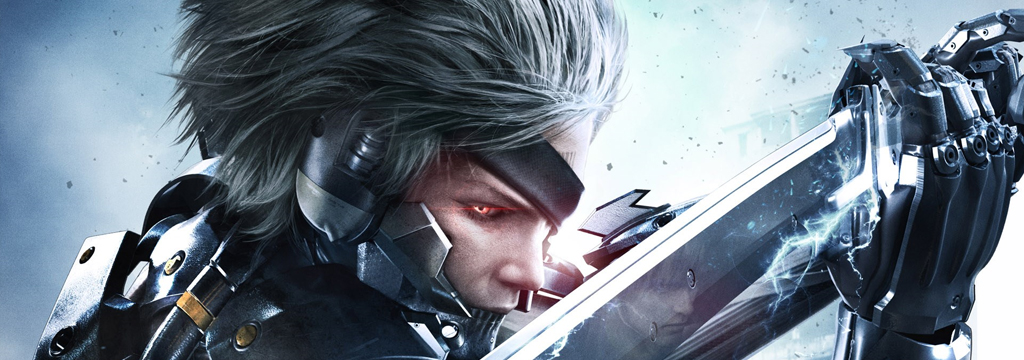
Metal Gear Rising: Revengeance was released in 2013 on PlayStation 3, Xbox 360, and PC.
Metal Gear Rising: Revengeance was developed under Hideo Kojima’s supervision but is not 100% canon. Kojima himself considers the game a “parallel continuation,” but we can safely consider Rising canon for now in the absence of other continuations.
Metal Gear Rising: Revengeance is set in 2018, four years after the dismantling of The Patriots. Raiden is working for a Private Military Company. He stumbles upon a plot by a U.S. Senator to seize power in America through a provoked war, just as The Patriots did. The senator also possesses a new weapon, Metal Gear EXCELSUS. Raiden manages to take out both the senator and the new Metal Gear.
Spin-offs

The status of some events in the Metal Gear Solid Timeline are heavily disputed, especially by fans. There are also numerous events depicted in games that are definitely not part of the main Metal Gear canon. A brief overview:
1995 – The Outer Heaven Uprising as depicted in the Metal Gear edited or NES version
This version of Metal Gear was originally released in 1987 for the NES, and later also released on PC and Commodore 64. The NES version of Metal Gear is also part of Metal Gear Solid: Master Collection Vol. 1 on current gen consoles.
The original Metal Gear was modified quite a bit for the NES. So much, in fact, that this iteration is not considered canon. For example, the titular Metal Gear was dropped from the game. Instead, Solid Snake infiltrates Outer Heaven to destroy a ‘Supercomputer’.
- The story of this version of Metal Gear was also adapted into a book by Alexander Frost and published as part of the Worlds of Power series
- In Japan, the Metal Gear Gamebook, a continuation of the NES version of Metal Gear released by Konami, was released in 1988
1998 – Operation 747
Operation 747 is the main plot in Snake’s Revenge, which was released in 1990 for the NES. Snake’s Revenge is also part of Metal Gear Solid: Master Collection Vol. 1 on current gen consoles.
Snake’s Revenge is a sequel to the NES version of Metal Gear in which Snake infiltrates a military base where a new Metal Gear is supposedly being made. Big Boss turns out to be responsible for the Metal Gear. Snake defeats Big Boss and destroys Metal Gear 2.
2000 – Galuade Incident
The Galuade Incident was featued in the 2000 Game Boy Color game Metal Gear Solid, better known under it’s Japanese name Metal Gear: Ghost Babel.
Metal Gear: Ghost Babel is an alternate sequel to the original Metal Gear in which Solid Snake must infiltrate the fictional African country of Gindra to destroy the stolen Metal Gear GANDER.
2016 – Lobito Island Incident
The Lobito Island Incident is the main focus of Metal Gear Acid, sometimes written as Ac!d. The game was released in 2004 for the PlayStation Portable. It was later also ported to some cell phones.
Metal Gear Acid is a true spin-off. Instead of a stealth game, it is a turn-based strategy game in which you use trading cards to determine your actions. In Metal Gear Acid, a senator has been taken hostage by terrorists, and Solid Snake is sent to rescue him. Snake must also destroy the Metal Gear KODOQUE. This Solid Snake is an alternate version of the hero from the main games, and Metal Gear Acid has no ties to the main games.
Somewhere after 2016 – Metal Gear Acid 2
Metal Gear Acid 2 was released in 2005 for the PlayStation Portable.
Metal Gear Acid 2, like its predecessor, is a turn-based strategy game. A clone of that game’s Solid Snake is tasked with infiltrating a research facility. While there, he encounters Metal Gear Chaioth Ha Qadesh, which he obviously destroys.
Metal Gear Solid Mobile
Metal Gear Solid Mobile was released in 2008 for various cell phones, including the Nokia N-Gage
Metal Gear Solid Mobile is a mobile game similar in gameplay to Metal Gear Solid 2 and 3. The story takes place between MGS1 and 2 when Snake and Otacon first track down the Metal Gear REX. Metal Gear Solid Mobile’s place within the series is highly disputed. Although clearly related to MGS2, the game has never been recognized as canon by Hideo Kojima or Konami.
Metal Gear Solid: Social Ops
Metal Gear Solid: Social Ops was released in 2012 for iPhone and Android phones.
Metal Gear Solid: Social Ops is a game for smartphones. The story is based on the events from Metal Gear Solid 3: Snake Eater and Metal Gear Solid: Peace Walker, yet the gameplay is more similar to that of the Metal Gear Acid games.
This Metal Gear Solid Timeline has been composed with as much care as possible. Nevertheless, an error may have crept into our chronological order. Are you an even bigger Metal Gear fan than we are? Please contact us and tell us what we did wrong!



8 Responses
Metal gear solid was one of my favorite games along with GTA. The story was well written and i admire hideo kojima for this. But unfortunately kojima left the konami doe to some argument between both of them. I appreciate you too for write this forum for us. Well take a like from me 👍
Wow, this Metal Gear Solid timeline is amazing! I never knew all the details about the games.
This is a very helpful blog post. I really appreciate the efforts you’ve done for the information
Wow, this Metal Gear Solid timeline is amazing! I never knew all the details about the games.
He does not kill big boss he kills Ahab or better known as venom snake. Not big boss the outer Haven in Metal Gear 1 is not really outer haven. People were hunting big boss who wanted to destroy him and what he stood for. So he chose to make someone look just like him and think just like him. This way they would hunt the doppelganger instead. instead of himself.
everything except the ur first line is wrong, people or say other nations were after him because outer haven was becoming powerful with nuclear power which other superpowers didn’t like that’s why they were after him, and big boss wanted to threat the world with his power and make a world where soldiers are respected, that was kinda evil you know, also the outer haven in mg1 was actually outer haven and not just something big boss setup to fake his death, big boss wasn’t expected that solid snake would succeed in the mission, bb intended to capture snake or get him killed
Awesome work, very extensive and thorough!🤙🤟🏼
Good job